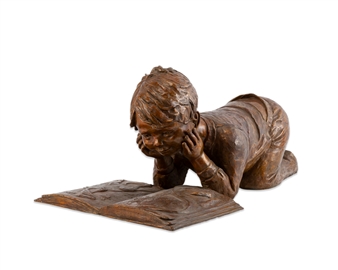The Deep Roots of Willow Cove
 Next summer will bring The Witches of Willow Cove, a new novel for tweens by Josh Roberts, one of my writing group colleagues.
Next summer will bring The Witches of Willow Cove, a new novel for tweens by Josh Roberts, one of my writing group colleagues.
Here are some extracts from Josh's interview at Writers' Rumpus:
Growing up, I lived in a three-story Victorian funeral home, complete with creaky floors, drafty windows, and a secret room sealed off from the rest of the house, so I spent a lot of my childhood making up stories to spook myself and my friends. . . . When I was younger, some of my friends were afraid to sleep over because the house was so spooky. But I have a lot of great memories from living there, too. And obviously it provided some fuel for my imagination.The Witches of Willow Cove will come from the appropriately named Owl Hollow Press, and the sequel, I happen to know, is already in the works.
I’ve always believed that the best spooky stories are the ones that feel like they could be happening to real people in real places. I knew from the beginning that THE WITCHES OF WILLOW COVE would be set in a small New England town like the one I grew up in. I knew I wanted it to be upper-middle grade, too, with characters right on the cusp of their teenage years, caught in that moment of their lives when they’re not quite grown up yet, but also not quite kids anymore. And I knew that my take on it would be: What happens when you find out you’re one of the spooky things that everyone’s afraid of? . . .
I think there’s a sort of comforting thrill that comes along with reading a spooky story—the promise that eventually the scary part will be over and things will generally sort themselves out. That release of tension is just as important as the frightening part. Maybe more so.





